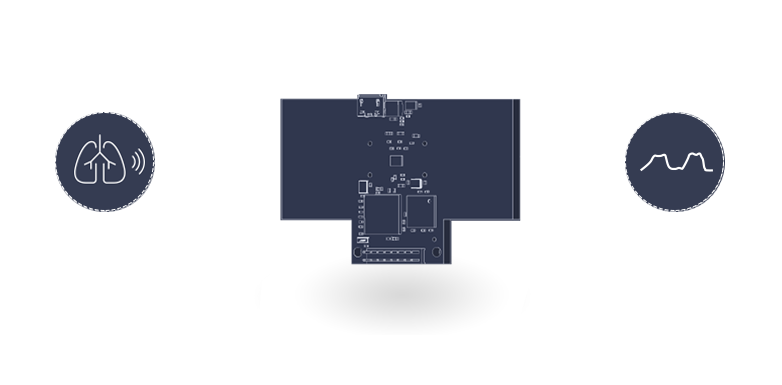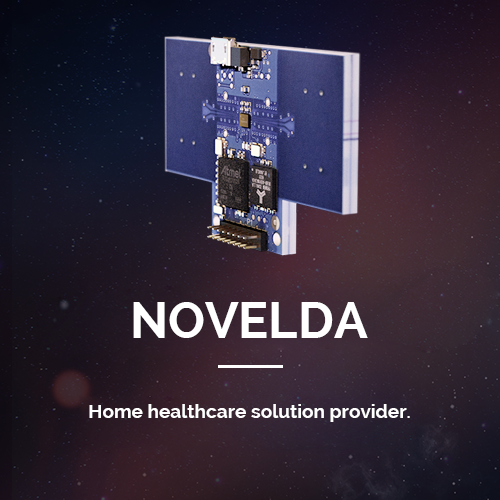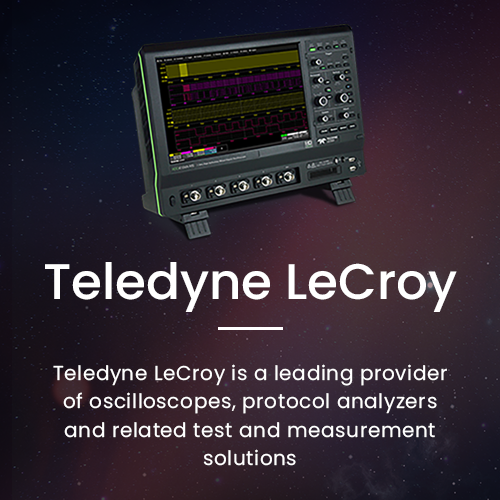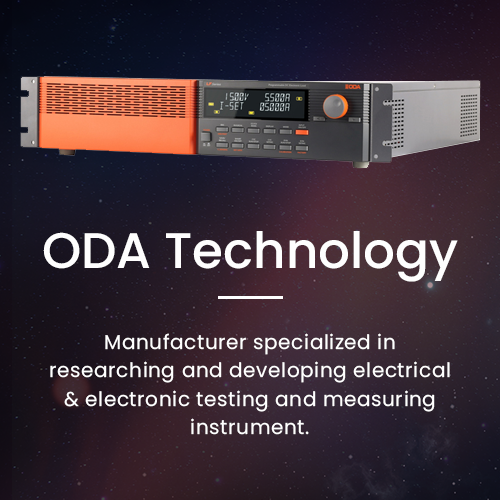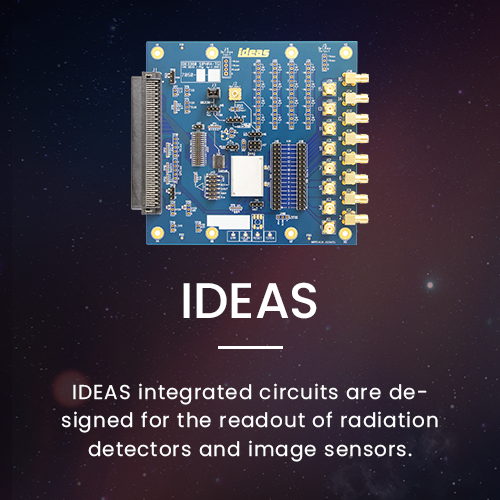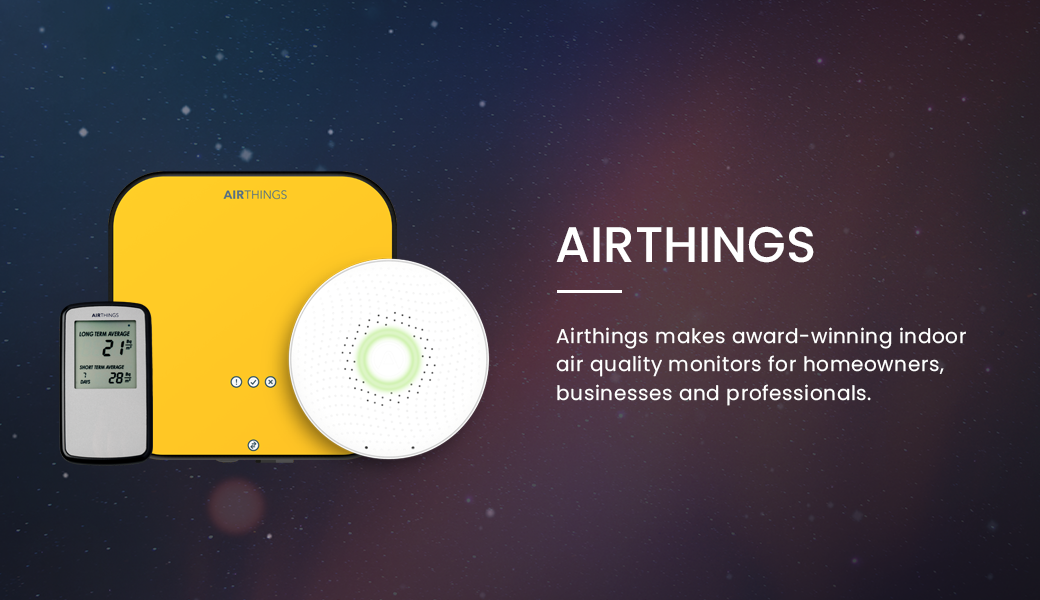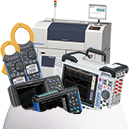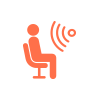What is respiration monitoring?
Monitoring vital signs, such as someone’s blood pressure, pulse rate and respiration rate, is an important component of patient care and can be done in a medical setting or even at home. Respiration rate is one vital sign that can actually provide insight into one’s general state of health and can also be a valuable indicator of underlying medical conditions.
In today’s health market, we’re seeing a shift from treatment to proactive monitoring with an abundant amount of self-tracking and monitoring devices available. As people are becoming more and more aware of their health and are taking the extra measures to stay healthy, these convenient products can help them monitor their state of health throughout the day.
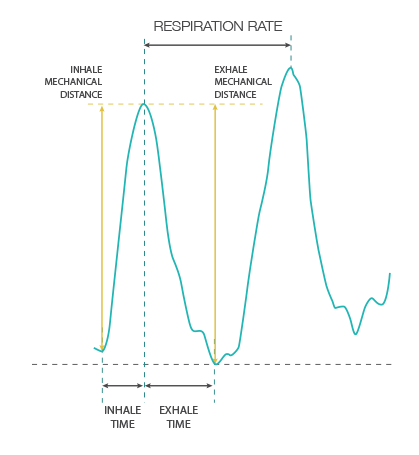
The XeThru respiration monitoring solution
Respiration rate is the number of breaths a person takes per minute, and is best measured when a person is at rest. The rate may however increase with fever, illness, and with other medical conditions. The most common method for respiration rate measurement is by physical assessment, observing a person’s chest and counting the number of breaths for one minute.
While measuring respiration rate alone provides only limited information, it is actual respiration patterns that reveal valuable data such as rate, amplitude, and other characteristics.
Potential applications for respiration and medical sensing
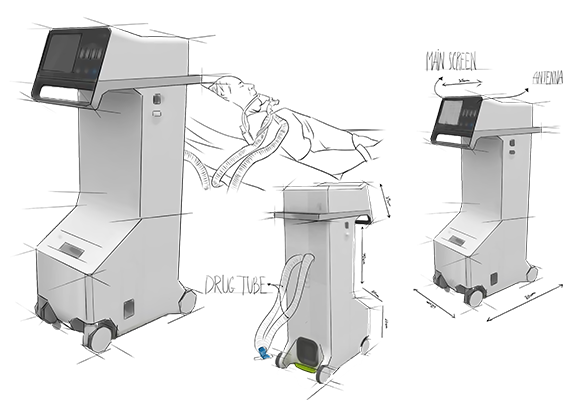
Inhalation detector
Drugs are introduced into the body by several routes such as breathed into the lungs through the mouth (by inhalation). Few drugs are administered this way as inhalation must be carefully monitored for correct dosage, given at the right time, and specialized equipment may be needed as well. The sensor notifies medical personnel when to exactly administer the drug (only during inhalation), hence allowing significant medicine cost savings. It can also be used for medical imaging of chest and for radiation treatment of chest.
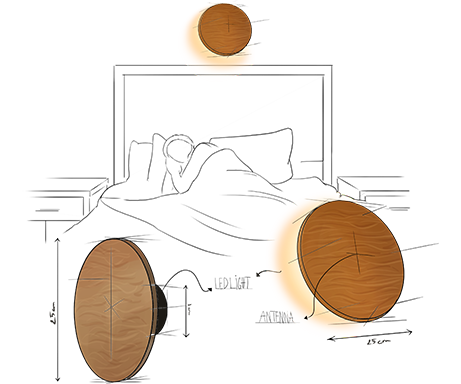
Sleep apnea detection
Sleep apnea is a sleep disorder characterized by pauses in breathing or instances of shallow breathing during sleep. Many people live with sleep apnea without them knowing, posing potential risk to their health. Respiration monitoring can help in the detection of certain sleep disorders such as apnea by identifying abnormal breathing patterns and irregularities.
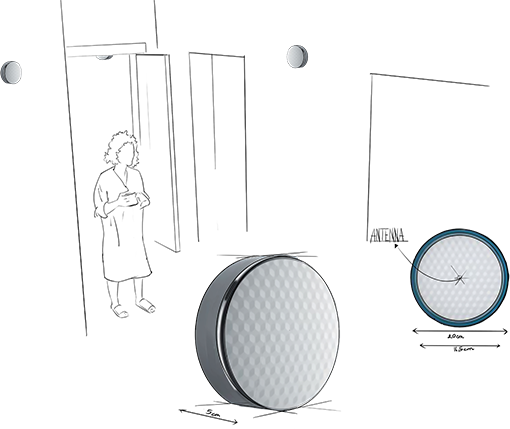
Medical follow-up
Elderly people suffering from illnesses and being cared for at home can benefit from a respiration monitoring device that can monitor their vital signs (respiration) around the clock. The monitoring system can then give caregivers early warnings of any deteriorating cases and can even be used in a hospital setting.
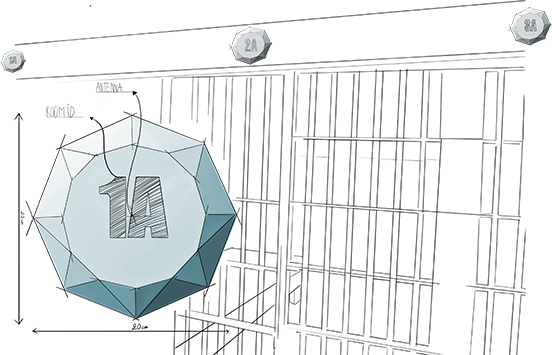
Inmates cell monitoring
In a prison setting, it is time consuming for wardens to manually check on each inmate several times during the night. Cells can be equipped with sensors that would monitor inmates’ respiration and vital signs and output data directly to a single monitor. Wardens can then remotely check on all inmates without ever leaving their post.
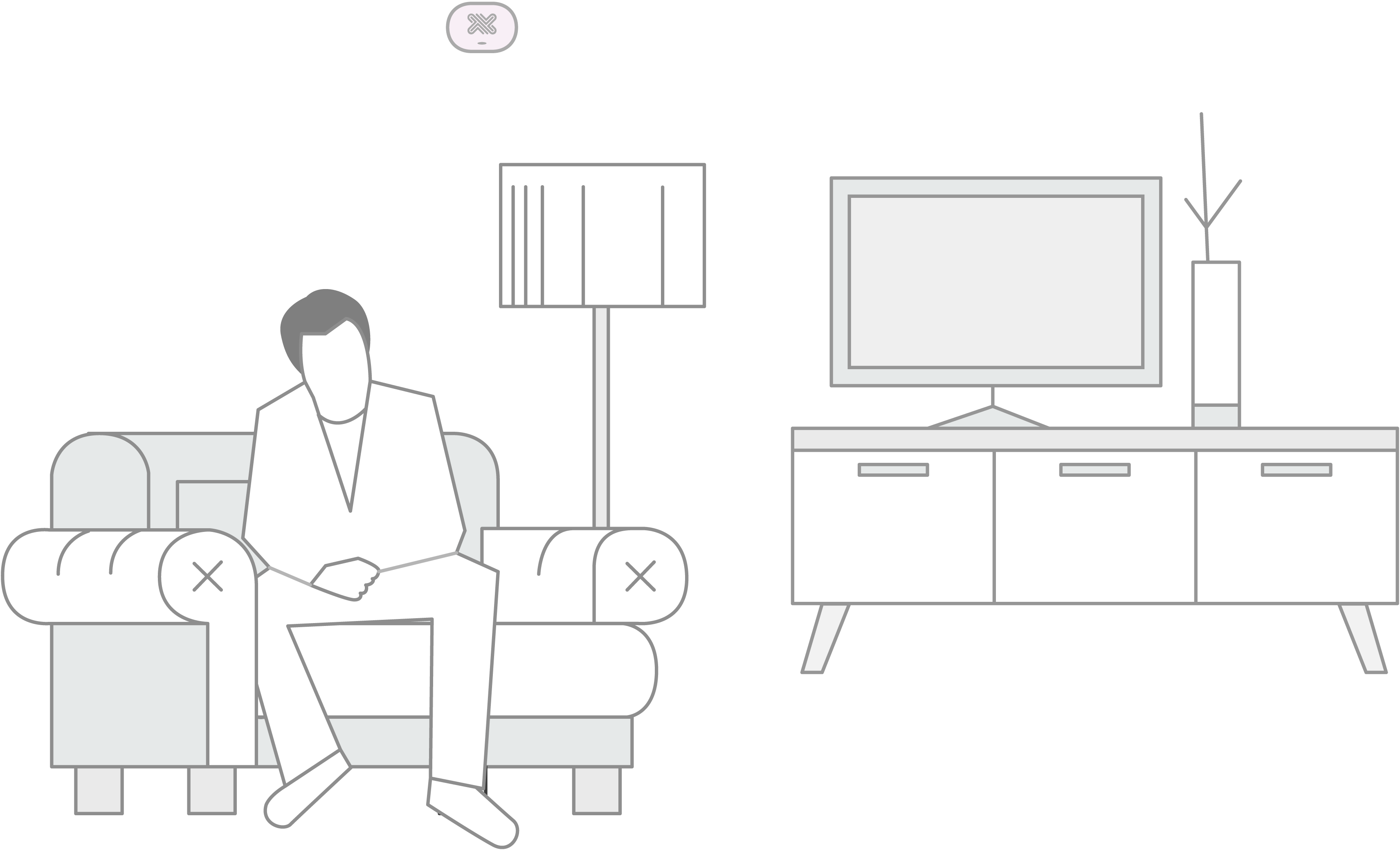
How do we do respiration monitoring?
The XeThru respiration monitoring solution
THE X4M200 RESPIRATION SENSOR is a new module available that offers both non-contact sleep and respiration monitoring in a single sensor. The RESPIRATION MONITORING PROFILE provides breathing frequency and pattern tracking, together with distance, movement, and signal quality information.
